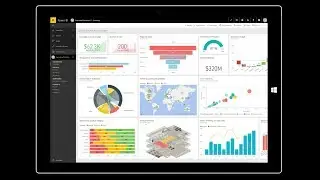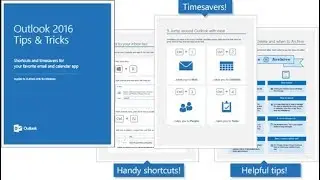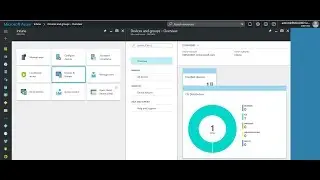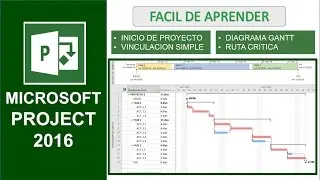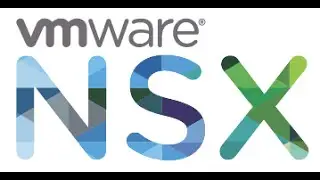Getting Started with NGINX
Step into the world of NGINX and unlock the ultimate all-in-one solution for your software needs. NGINX Plus isn't just a software load balancer, API gateway, content cache, and web server - it's a dynamic force that can transform your microservices architecture. With NGINX Plus by your side, catering to the needs of your fast-moving applications has never been easier.
Experience the power of modular behavior as you optimize your systems for peak performance. NGINX Plus seamlessly integrates with any CI/CD pipeline, providing the automation and agility your organization needs to stay ahead of the curve.
Sure, there are plenty of tutorials online, but outdated and conflicting information can leave you feeling lost in a sea of uncertainty. Don't let that hold you back. Take the first step towards unlocking the full potential of NGINX Plus and embark on a journey of innovation and progress.
This guide will provide you with the necessary information to kickstart your journey with NGINX. You'll learn how to install NGINX, configure it to serve static files, and set up reverse proxy functionality to forward requests to backend applications.
To begin, you'll explore the installation process for NGINX on your preferred operating system. Whether it's Linux, Windows, or macOS, you'll find step-by-step instructions to get NGINX up and running smoothly.
Once installed, you'll dive into the basic configuration of NGINX. You'll learn about important configuration files and their locations, including the main configuration file where you can define server blocks, specify server directives, and set up various HTTP-related settings.
Next, you'll focus on serving static files with NGINX. You'll understand how to define server blocks for different websites or applications and configure NGINX to efficiently deliver static assets like HTML, CSS, JavaScript, and images. Additionally, you'll explore common optimizations such as enabling gzip compression, setting up caching headers, and implementing SSL/TLS for secure connections.
One of NGINX's most powerful features is its reverse proxy capability. You'll learn how to configure NGINX as a reverse proxy to redirect incoming requests to backend servers or applications. This allows you to offload certain tasks, such as load balancing, SSL termination, or caching, to NGINX, enhancing the performance and reliability of your applications.
Throughout the guide, you'll find practical examples, configuration snippets, and troubleshooting tips to help you overcome common challenges and make the most of NGINX's features. By the end, you'll have a solid understanding of NGINX's fundamental concepts and be equipped to leverage its capabilities for serving websites, proxying requests, and optimizing web traffic.
Getting started with NGINX is an exciting journey that opens doors to building scalable and performant web applications. So, let's dive in and unleash the power of NGINX!








